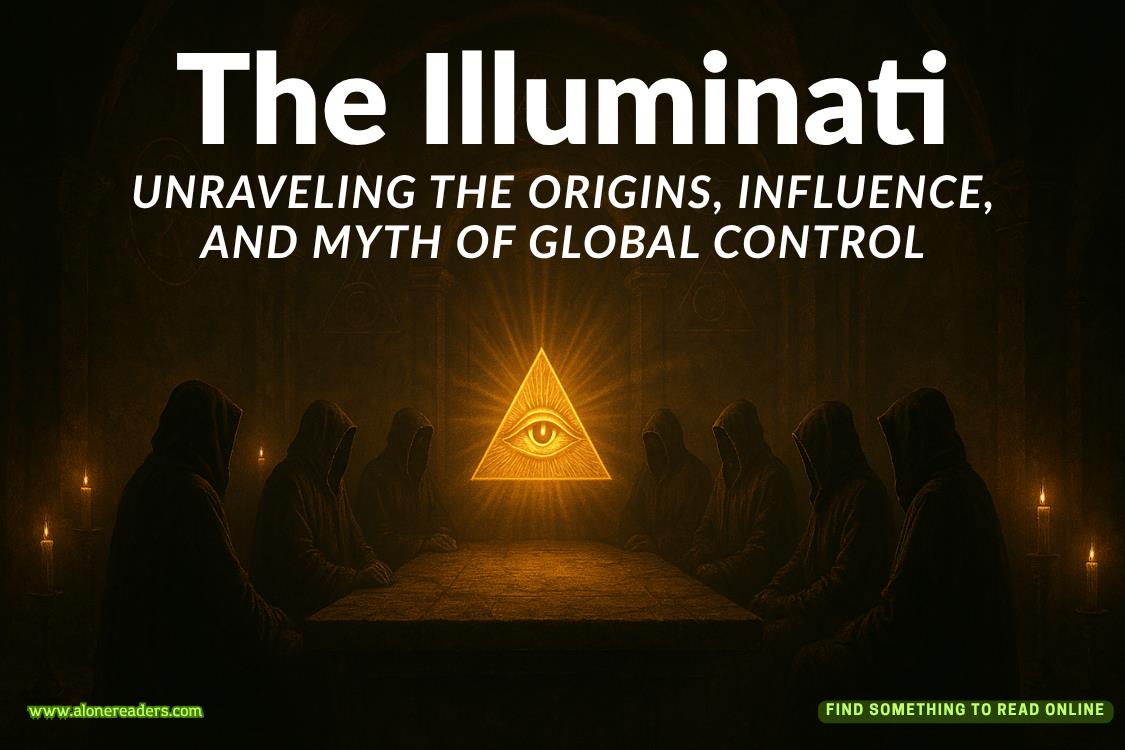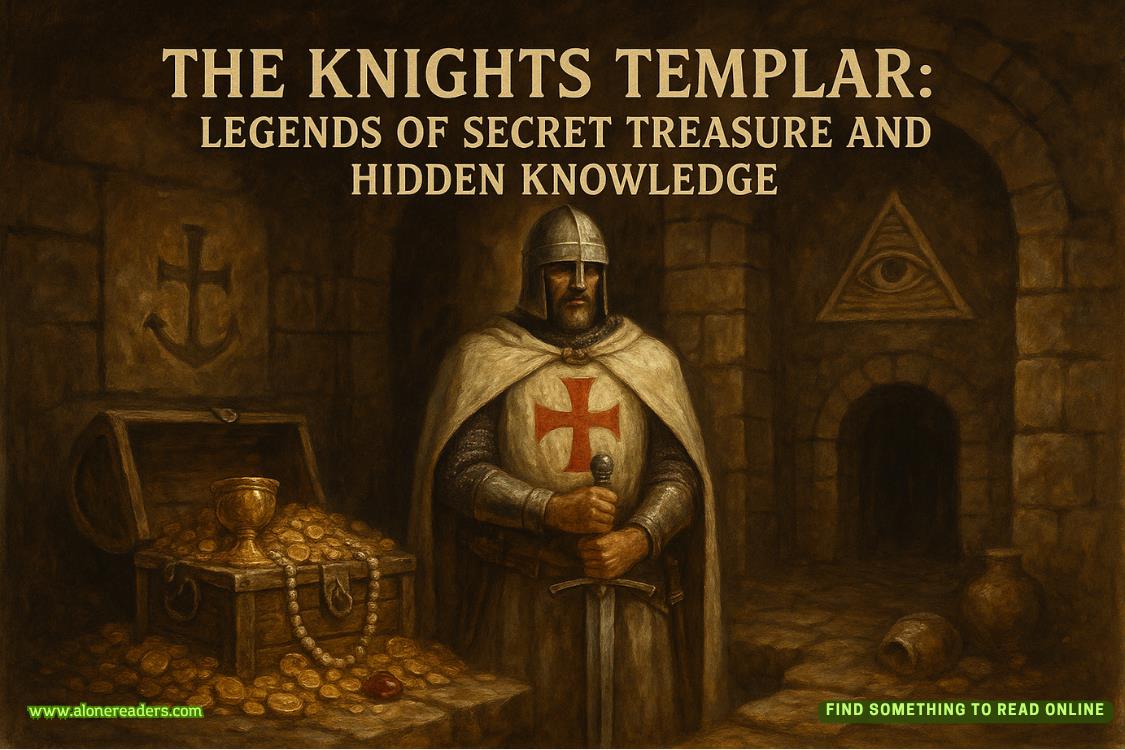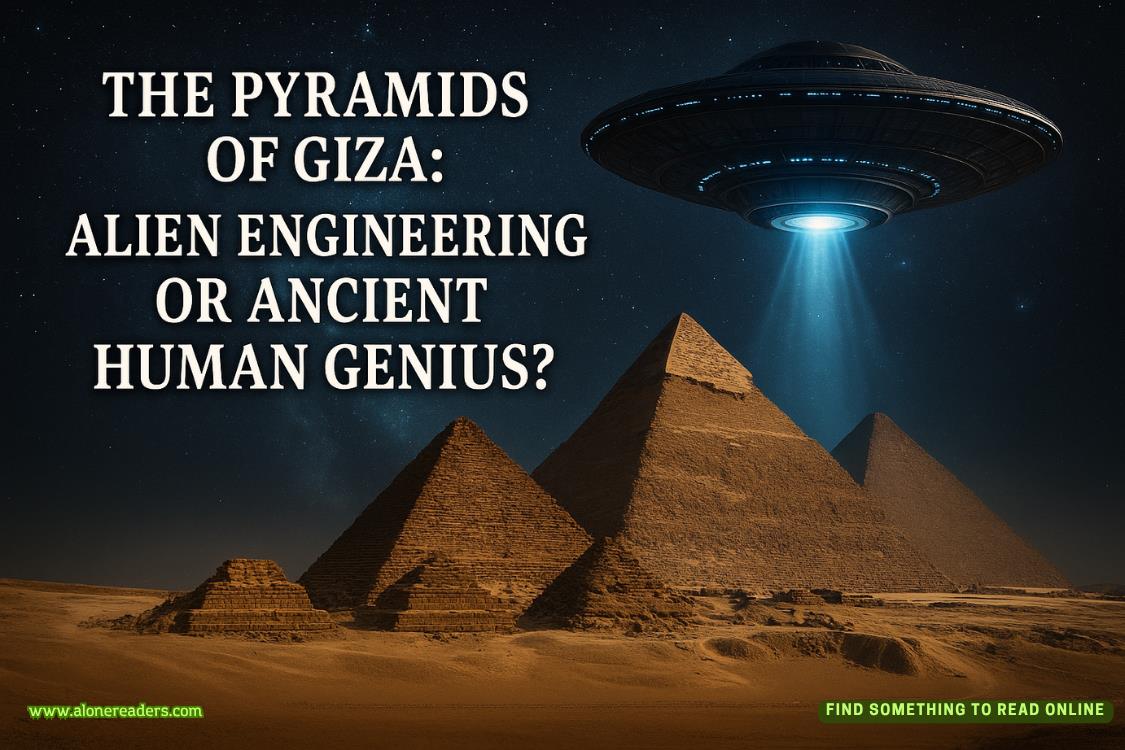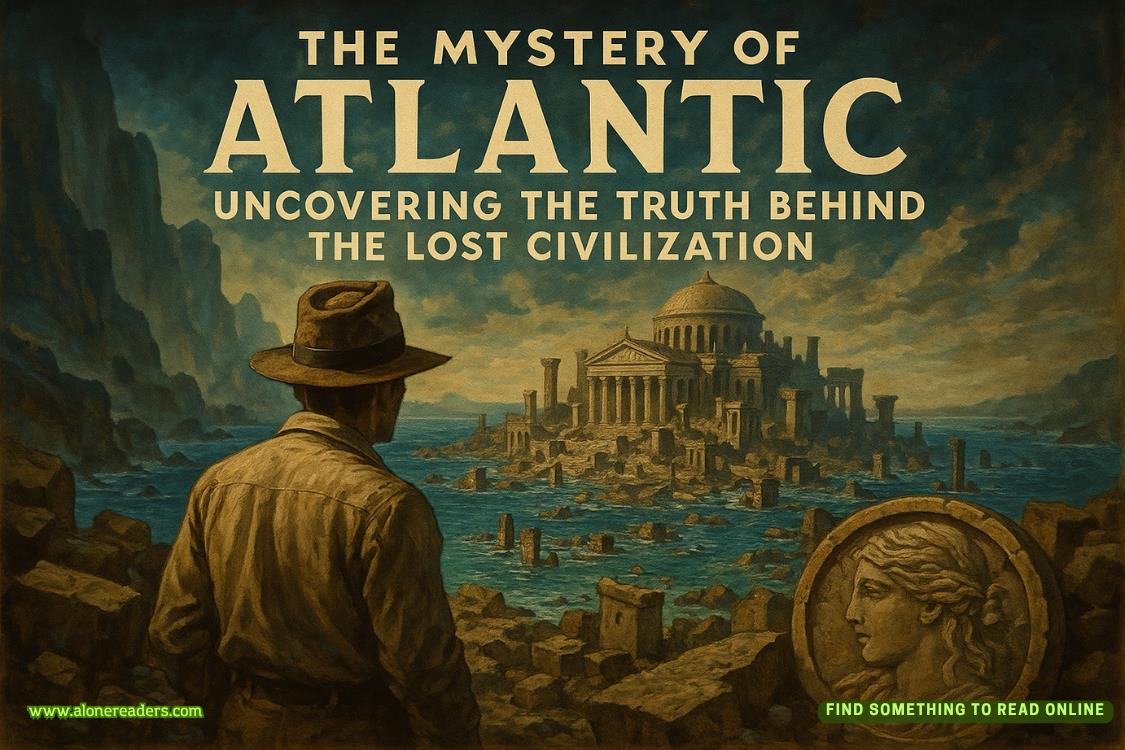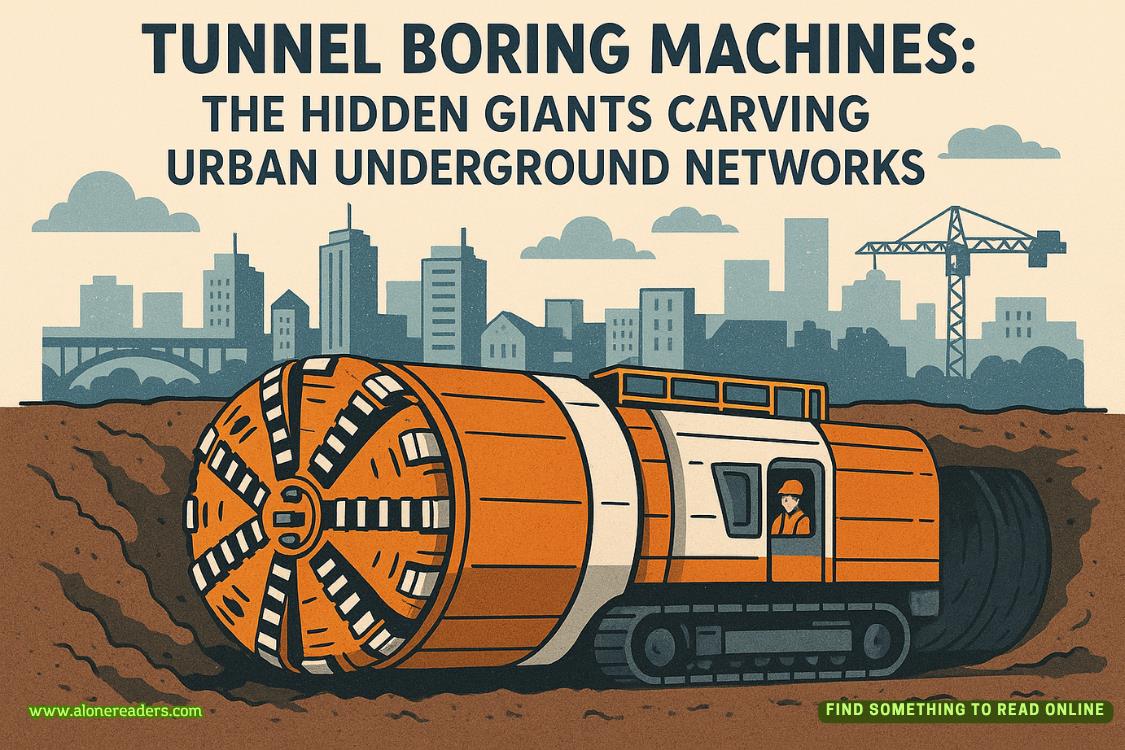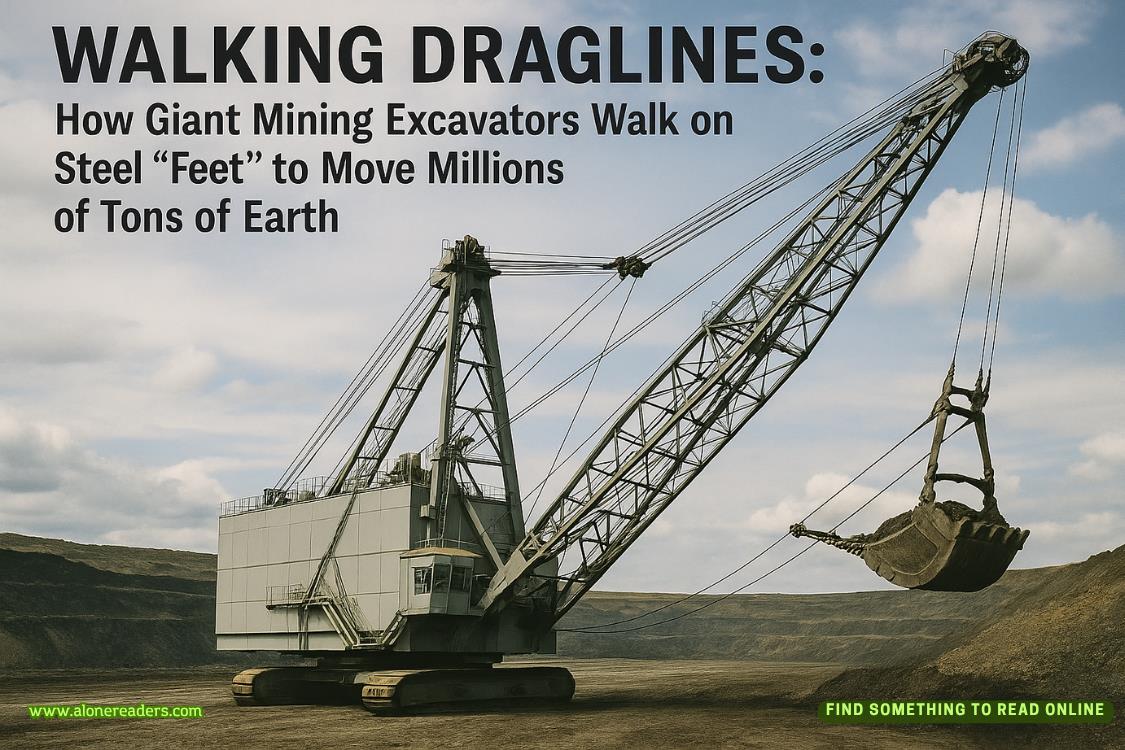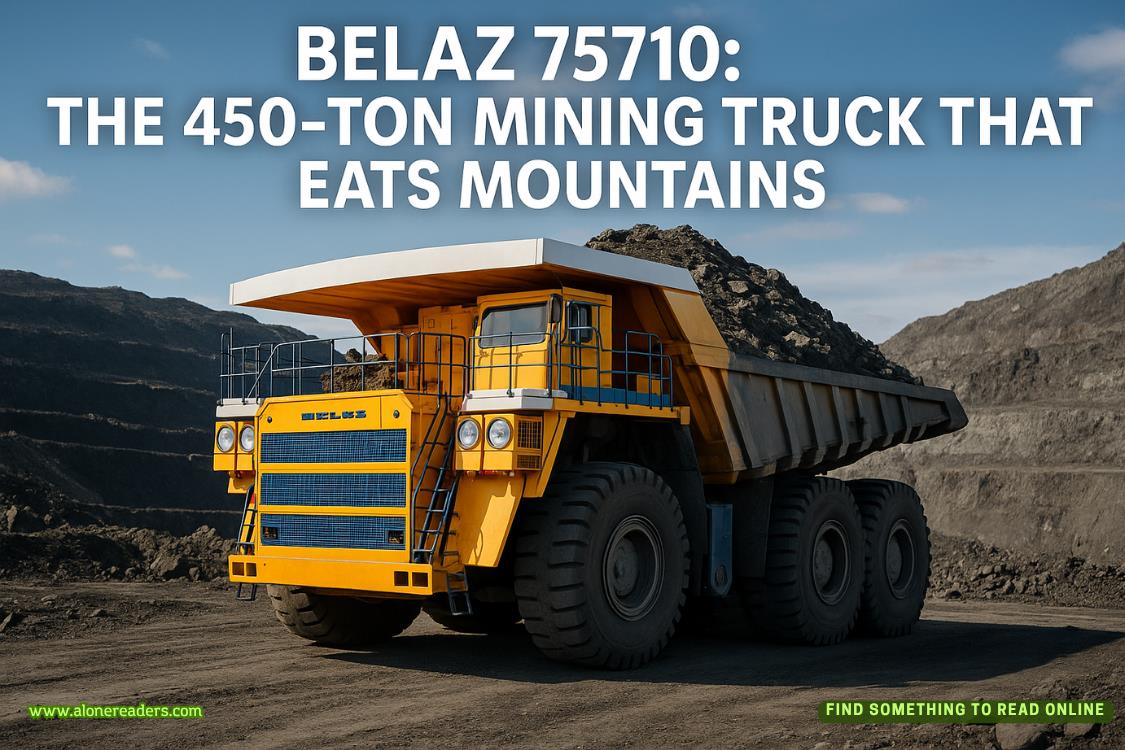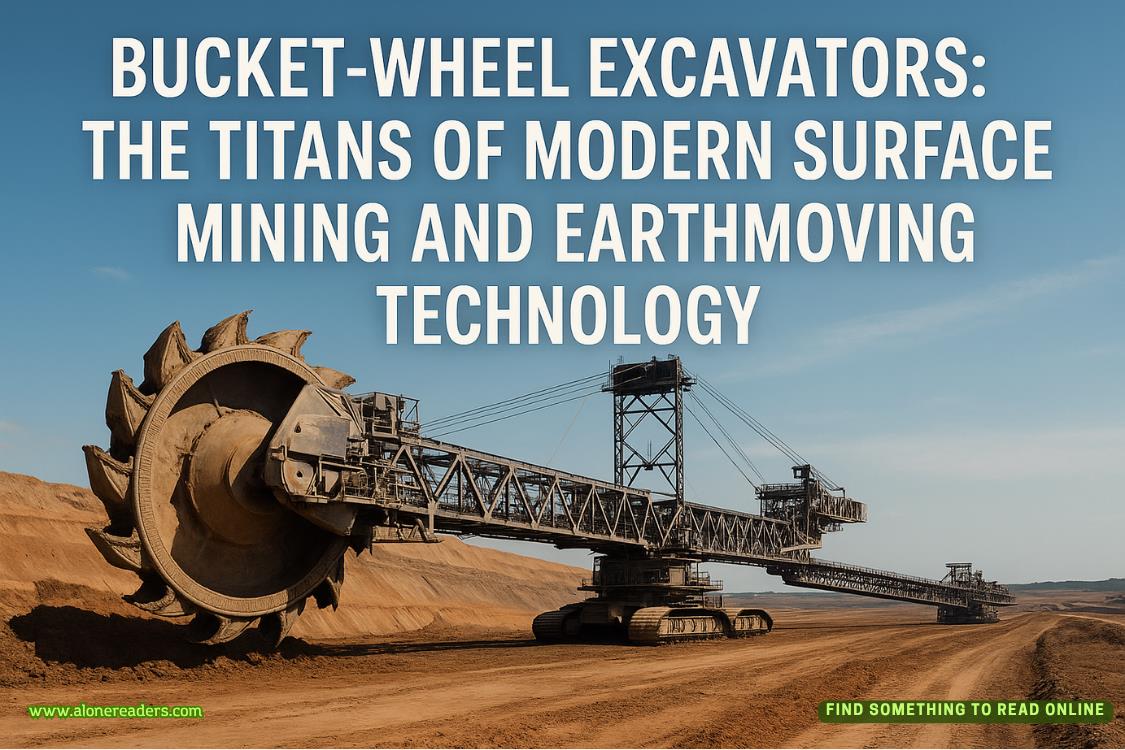Page 46 of The Devil Colony (Sigma Force 7)
Ronald Chin’s voice was raspy over the phone. Magnetic fluctuations along with particulate debris from the erupting volcano were interfering with digital reception. “We lost five members of the National Guard. But even that number is low only because Major Ryan was able to send out a distress call and initiate an evacuation. We’re still uncertain about hikers or campers in the region. The area was already cordoned off and restricted, so hopefully we’re okay there.”
Painter stared up at the beamed roof. The pueblo had been constructed in a traditional manner with pole battens, grass thatching, and a plaster made of stone fragments bound in mud. It seemed strange to be discussing the birth of new volcanoes in such a conventional setting.
Chin continued, “The good news is that the eruption seems to be already subsiding. I swept over the area in a helicopter just before dawn. Lava has stopped flowing. So far, it remains confined within the walls of the chasm and is already hardening. The biggest danger at the moment seems to be the forest fire. Crews are hurriedly setting up firebreaks, and helicopters are dumping water. It’s about fifty percent contained already.”
“Unless there’s another eruption,” Painter said.
Chin had already given his assessment of the cause. He believed some process birthed by the explosion was atomizing matter and had drilled down into a shallow magma chamber that heated the geothermic region, causing it to explode.
“We may be okay there, too,” Chin said.
“Why’s that?”
“I’ve been monitoring the lava field over the blast zone. It’s been steadily growing thicker across the chasm. And I’m not seeing any evidence of renewed atomization. I think the extreme heat of the eruption burned out whatever was disassembling matter down there. Killed it permanently.”
Killed it?
Painter suspected Chin had some idea of what that might be.
“If I’m right,” Chin continued, “we’re damned lucky for that volcanic eruption.”
Painter didn’t consider the loss of five National Guard soldiers to be lucky. But he understood the geologist’s relief. If that process had continued unabated, it might have spread across the Rockies, eating its way across the landscape, leaving nothing but atomized dust in its wake.
So maybe Chin was right. Maybe it was lucky—but Painter didn’t place much faith in luck or coincidence.
He pictured the mummified remains that had been found in the cave, buried with such a destructive cargo. “Maybe that’s why those dead Indians—or whoever they were—chose that geothermic valley to store their combustible compound. Maybe they kept it there as a fail-safe. If the stuff blew, the process would drill into the superhot geothermic strata below the ground, where the extreme heat would kill it before it could spread and consume the world.”
“A true fail-safe,” Chin said, his voice introspective. “If you’re right, maybe the compound needs to be kept steadily warm to stop it from exploding in the first place. Maybe that’s why the skull exploded when it was brought out of the hot cave and into the cold mountain air.”
It was an intriguing thought.
Chin ran further with it. “All this adds additional support to something I’ve been thinking about.”
“What’s that?”
“You mentioned that the dagger taken from the cave was composed of Damascus steel, a type of steel whose strength and resiliency is the result of manipulation of matter at the nano-level.”
“That’s what the physicist, Dr. Denton, related before he got killed. He said it was an example of an ancient form of nanotechnology.”
“Which makes me wonder . . . as I was watching the denaturing process occurring in the valley, it struck me as being less like a chemical reaction and more like something was actively attacking the matter and breaking it down.”
“What are you getting at?”
“One of the end goals of modern nanotechnology is the production of nanobots, molecular-sized machines that can manipulate matter at the atomic level. What if these unknown people were adept not only in ancient nanotechnology, but also in ancient nanorobotics? What if that explosion activated trillions and trillions of dormant nanobots—birthing a nano-nest that began to eat and spread in all directions.”
It seemed far-fetched. Painter pictured microscopic robots snipping molecules apart, atom by atom.
“Director, I know it sounds mad, but labs around the world are already making breakthroughs in the production and assembly of nanomachines. Some labs have even been positing self-replicating silicon-based bots called nanites that can reproduce copies of themselves out of the raw material they consume.”
Painter again pictured the denaturing process described in that valley. “Chin, that’s a mighty big leap to make.”
“I’m not disagreeing. But already there are countless nanobots found in the natural world. Enzymes in cells act like little robot workhorses. Some of the tiniest self-replicating viruses operate on the nano-scale. So maybe someone in the distant past accidentally cooked up a similar nanobot, maybe a by-product of the manufacturing of Damascus steel? I don’t know. But the earlier issue of heat does make me wonder.”
“How so?”
“One of the hurdles in nanotechnology—especially in regard to the functionality of nanobots—is the dissipation of heat. For such a nanomachine to function, it has to be able to shed the heat it produces while working, a difficult process at the nano-level.”
Painter put it all together in his head. “So an easy way to keep nanobots dormant would be to store them somewhere hot. Like in a geothermally heated cavern, where the temperature would stay relatively uniform for centuries, if not millennia.”
“And if there’s a mishap,” Chin continued, “this nest of nanobots—spreading outward in all directions—would eventually eat their way down to the geothermal levels and inadvertently destroy themselves.”
Despite the impossibility of it at face value, the idea was frighteningly feasible. And dangerous. Such a product would be a ready-made weapon, but the bigger prize would be the technology behind its production. If that could be discovered, it would be invaluable.
Nanotechnology was already poised to be the next big industry of the new millennium, with the potential to become vital to all manner of science, medicine, electronics, manufacturing . . . the list was endless. Whoever took true and lasting hold of those reins could rule the world from the atomic level on up.
